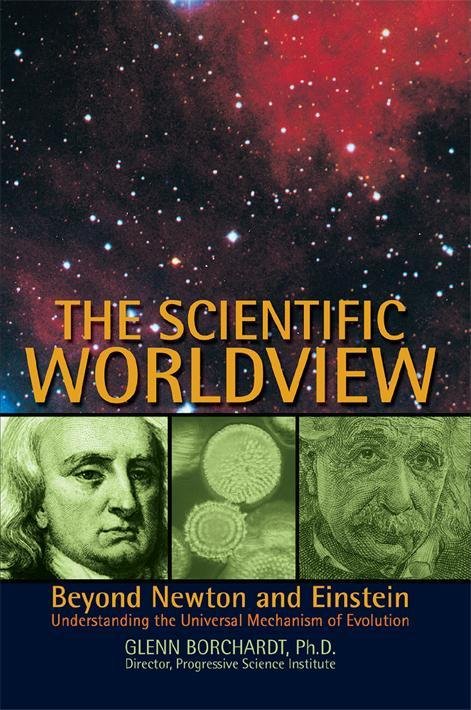PSI Blog 20210125 Dark Matter Clumps
NASA spots smallest dark matter clumps
https://go.glennborchardt.com/DM-Clumps
This is an interesting
observation but, as usual, I am not sure these folks have the interpretation
correct. According to Aether Deceleration Theory
(ADT) all baryonic matter is surrounded by aether particles that become
decelerated after colliding with that matter (producing gravitation). What you
see in the above illustration is not the normal dark matter halo, but four
relatively distinct areas that produce the refraction instead. I am not sure
what produces the four areas. It surely has nothing to do with the “curving of
space-time,” which is the misinterpretation Eddington used to “prove Einstein right”
back in 1919. That actually was produced by the normal refraction that occurred
when light entered the Sun’s atmosphere. This type of light bending occurs when
you stick a pole into a body of water. It definitely is no proof that “perfectly
empty space” becomes curved near massive bodies. There is no such empty space
anywhere in the Infinite Universe, especially around cosmic
bodies.
I imagine this particular
clumping is determined partly by the shape of the foreground galaxy. Note that
the four “starbursts,” each with four major diffraction spikes, are
artifacts of vision. In this case, they are produced by the telescope. They
also can be produced by eyelashes and eyelids. Obviously, they are proof that
refraction is occurring. This reminds me of:
“Einstein Rings”
Here is Wikipedia parroting
one of the typical einsteinisms[1]:
“Gravitational lensing is
predicted by Albert Einstein's theory of general relativity. Instead of light
from a source traveling in a straight line (in three dimensions), it is bent by
the presence of a massive body, which distorts spacetime. An Einstein Ring is a
special case of gravitational lensing, caused by the exact alignment of the
source, lens, and observer. This results in symmetry around the lens, causing a
ring-like structure.”
Again, this is a result of
simple refraction—it has nothing to do with Einstein’s so-called “space-time.”
All massive bodies are surrounded by a refracting atmosphere (or, at least, an
aetherosphere[2]). Note
that the successful use of space-time in relativity explanations generally
serves as a proxy for aetherial effects. In a similar pattern, “photons”
generally serve as a proxy for aether particles. Light is a wave in the aether
medium, with the particles in that medium producing the collisions attributed
to the photon. The hypothetical photon, of course, had to be massless
in order to fit Einstein’s relativity theory. It that were true, its collisions
with baryonic matter could produce no force (F=ma = 0 if m=0). The
photoelectric effect would not occur and Einstein would not have gotten his
only Nobel.
[1] “A
statement or prediction that is true, but for the wrong reason.” (Borchardt,
Glenn, 2020, Religious Roots of Relativity: Berkeley, California, Progressive
Science Institute, p. 137 [https://go.glennborchardt.com/RRR-ebk].
[2] Ibid, pp.
38, 137.











No comments:
Post a Comment